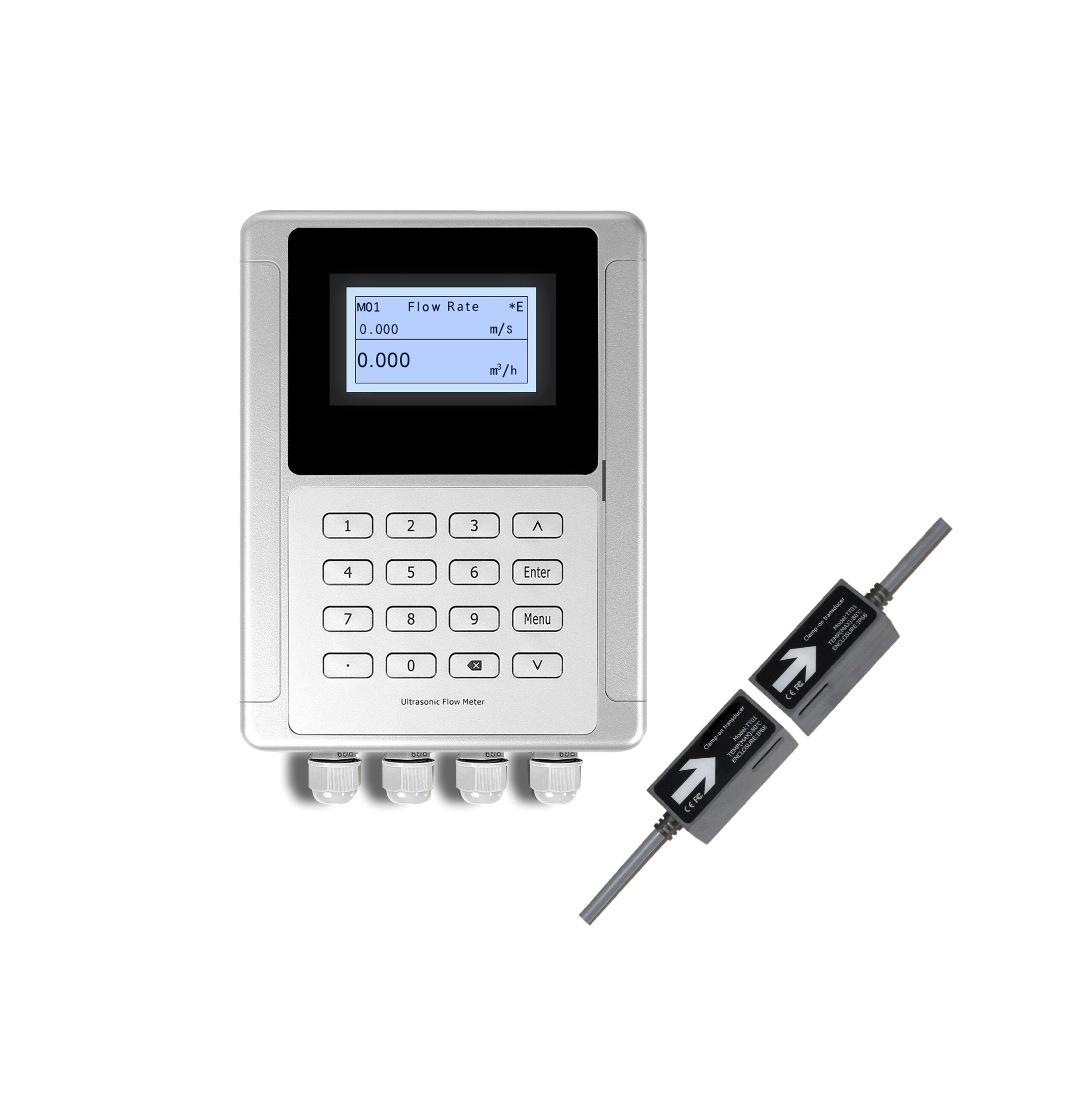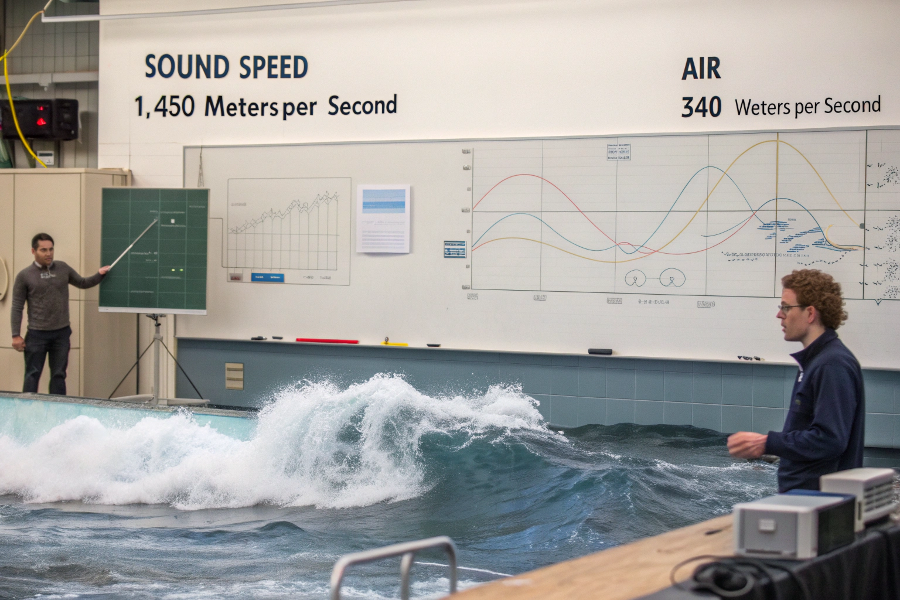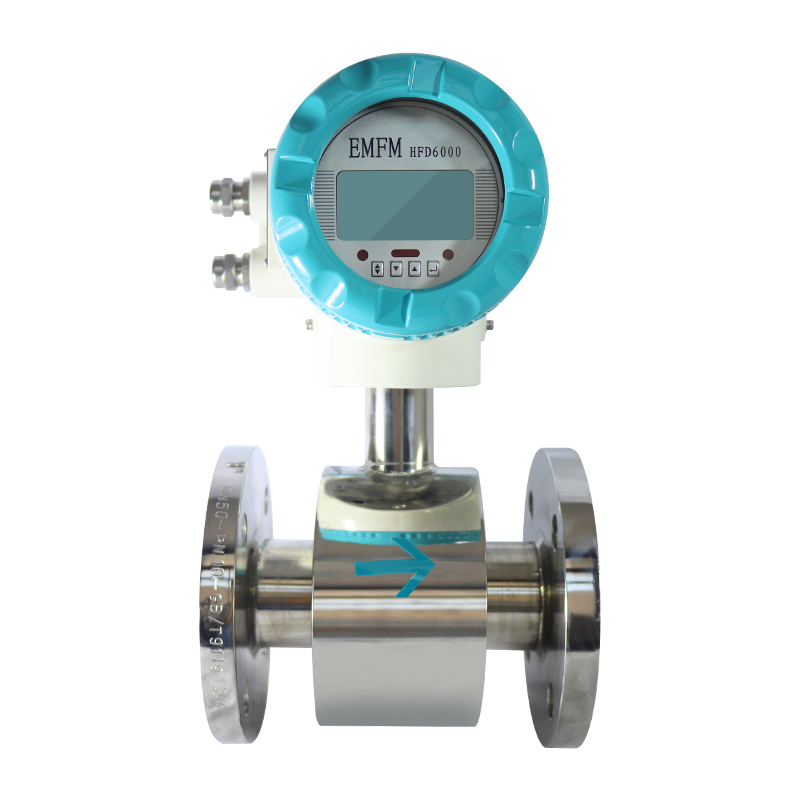Choosing the wrong flow meter for your velocity range can lead to costly measurement errors and process control failures.
Ultrasonic flow meters typically operate effectively between 0.1 to 20 m/s, with accuracy depending on fluid properties, pipe conditions, and installation quality.

Ultrasonic Flow Meter
Let me share my experience with flow velocity limitations to help you make the right choice for your application.
What Are The Limitations of Ultrasonic Flow Meter?
Understanding limitations helps prevent application mistakes and measurement errors.
Ultrasonic flow meters are limited by fluid properties, pipe conditions, installation requirements, and environmental factors affecting signal transmission.
Based on my field experience:
Key Limitations
-
Physical Constraints
Limitation Impact Solution Fluid properties Signal strength Proper selection Pipe conditions Accuracy Regular maintenance Installation space Performance Careful planning Environmental factors Reliability Protection measures -
Performance Factors
- Signal strength requirements
- Reynolds number effects
- Temperature limitations
- Pressure constraints
Application Considerations
-
Installation Requirements
- Straight pipe runs
- Mounting locations
- Access requirements
- Environmental protection
-
Operating Parameters
- Flow profile effects
- Velocity ranges
- Fluid compatibility
- Process conditions
What Is The Minimum Velocity of Ultrasonic Flow Meter?
Low flow measurement accuracy is crucial for many applications.
Most ultrasonic flow meters can measure velocities as low as 0.1 m/s, though some specialized models can detect flows down to 0.01 m/s.
From my measurement experience:
Low Flow Considerations
-
Measurement Factors
Factor Impact Requirement Signal strength1 Detection Strong coupling Noise level2 Accuracy Good shielding Flow profile Reliability Proper installation Fluid properties Performance Suitable conditions -
Technical Aspects
- Signal processing
- Sampling rates
- Filtering methods
- Calibration needs
Performance Optimization
-
Installation Tips
- Proper orientation
- Adequate straight runs
- Clean pipe conditions
- Stable environment
-
Measurement Settings
- Signal gain adjustment
- Filter optimization
- Damping selection
- Update rate control
What Is The Speed of Sound in Ultrasonic Flow Meter?
Understanding sound speed is crucial for accurate flow measurement.
The speed of sound varies by fluid type and conditions, typically ranging from 1,450 m/s in water to 340 m/s in air at room temperature.

Speed of Sound in Different Media
Drawing from my technical knowledge:
Sound Speed Factors
-
Media Properties
Medium Speed (m/s) Factors Water 1,450 Temperature Air 340 Pressure Oil 1,200 Density Steam 400 Phase state -
Environmental Effects
- Temperature influence
- Pressure impact
- Composition changes
- Phase transitions
Measurement Implications
-
Calibration Requirements
- Temperature compensation
- Pressure correction
- Density adjustment
- Speed calculation
-
Operating Considerations
- Signal timing
- Path length
- Transit time
- Flow calculations
What Is The Velocity Range of a Magnetic Flow Meter?
Comparing flow meter technologies helps select the right solution.
Magnetic flow meters typically measure velocities from 0.3 to 10 m/s, with some models capable of measuring down to 0.1 m/s.

Magnetic Flow Meter
Based on my comparison experience:
Technology Comparison
-
Operating Ranges
Parameter Magnetic Ultrasonic Min velocity 0.3 m/s 0.1 m/s Max velocity 10 m/s 20 m/s Accuracy ±0.5% ±1% Turn down 10:1 100:1 -
Application Factors
- Fluid conductivity
- Installation requirements
- Maintenance needs
- Cost considerations
Selection Criteria
-
Technical Requirements
- Flow range
- Accuracy needs
- Fluid properties
- Installation conditions
-
Practical Considerations
- Initial cost
- Maintenance expense
- Operational reliability
- Support requirements
Conclusion
Understanding velocity limits and operating ranges is crucial for selecting and implementing the right flow meter technology for your specific application needs.
